Home>Home Appliances>Laundry Appliances>What Causes A Washing Machine Not To Drain
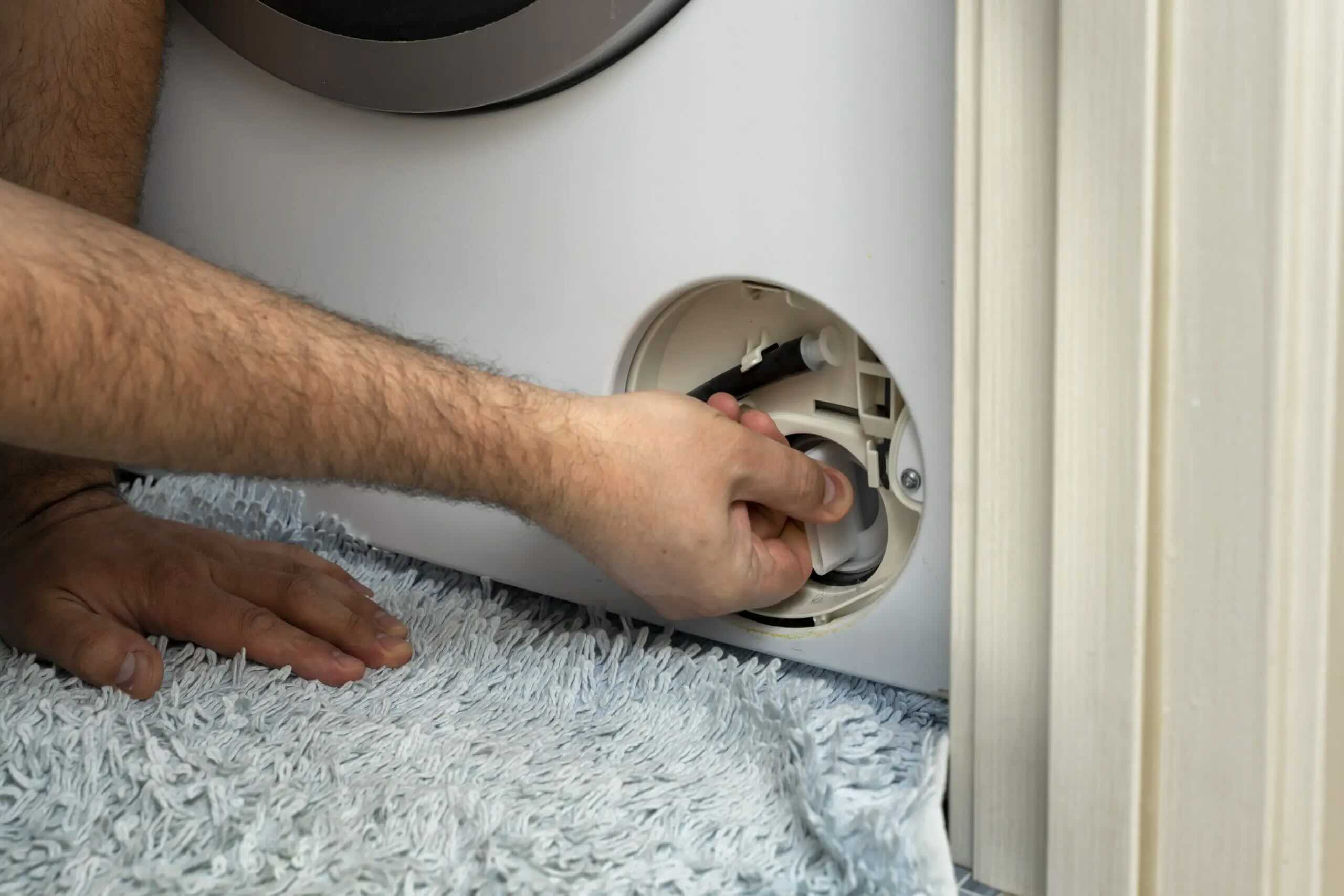

Laundry Appliances
What Causes A Washing Machine Not To Drain
Modified: August 27, 2024
Discover common reasons why your laundry appliances may not be draining properly and learn how to troubleshoot the issue effectively. Keep your washing machine running smoothly!
(Many of the links in this article redirect to a specific reviewed product. Your purchase of these products through affiliate links helps to generate commission for Storables.com, at no extra cost. Learn more)
Common Reasons for a Washing Machine Not Draining
A malfunctioning washing machine can throw a wrench into your laundry routine, causing frustration and inconvenience. One of the most common issues that can disrupt the draining process is a clogged drain hose. This vital component can become obstructed by lint, debris, or even small articles of clothing, impeding the flow of water out of the machine. Additionally, a faulty drain pump can also lead to drainage problems. This essential part is responsible for expelling water from the washing machine during the drain cycle. If it becomes defective, water may linger in the drum, preventing the machine from draining properly.
Another potential culprit for a washing machine's failure to drain is problems with the lid switch. This safety feature is designed to prevent the washer from spinning or draining when the lid is open. If the switch is faulty or misaligned, it may erroneously signal that the lid is open, causing the machine to halt the draining process. Furthermore, issues with the drain filter can impede proper drainage. Over time, the drain filter can become clogged with lint, fabric softener residue, and other debris, hindering the flow of water out of the machine.
Lastly, a malfunctioning water level control switch can also contribute to drainage issues. This component is responsible for regulating the water level in the washing machine. If it fails to function correctly, the machine may not initiate the draining process as intended, leading to standing water in the drum.
Understanding these common reasons for a washing machine not draining can empower you to troubleshoot and address these issues effectively. By identifying the root cause of the problem, you can take the necessary steps to restore your washing machine's optimal functionality and keep your laundry routine running smoothly.
Key Takeaways:
- Clogged drain hoses, faulty drain pumps, lid switch problems, and clogged drain filters can all cause a washing machine to not drain properly. Regular maintenance and prompt troubleshooting can help prevent these issues and keep your laundry routine running smoothly.
- Lint, fabric softener residue, and small items can clog drain hoses, while wear and tear, debris accumulation, and electrical malfunctions can affect drain pumps. Addressing these issues promptly and seeking professional help when needed can ensure your washing machine functions effectively.
Read more: What Causes Washer Not To Spin
Clogged Drain Hose
A clogged drain hose is a prevalent issue that can disrupt the draining process of a washing machine, leading to standing water in the drum and hindering the overall functionality of the appliance. This vital component serves as the conduit through which water flows out of the machine during the drain cycle. However, over time, the drain hose can become obstructed by various forms of debris, including lint, fabric softener residue, and even small articles of clothing. These obstructions impede the smooth flow of water, resulting in drainage problems.
The accumulation of lint and debris is a natural consequence of regular laundry cycles. As clothing is washed, small fibers and lint are released, finding their way into the drain hose. Additionally, fabric softener residue can contribute to the buildup of sticky deposits, further exacerbating the clogging issue. Moreover, small items such as socks or undergarments can inadvertently make their way into the drain hose, causing blockages that impede water flow.
When the drain hose is clogged, water is unable to exit the washing machine efficiently, leading to the persistence of water in the drum after the cycle is complete. This not only hampers the washing machine's performance but also poses the risk of water leakage and potential damage to the appliance.
To address a clogged drain hose, it is essential to undertake thorough maintenance and cleaning. Regular inspection of the drain hose for any visible obstructions, such as lint or foreign objects, is crucial. Additionally, flushing the drain hose with water and utilizing a pipe cleaner or a plumbing snake can help dislodge and remove accumulated debris. Furthermore, ensuring that the drain hose is properly installed and free from kinks or bends can facilitate the smooth flow of water during the draining process.
By addressing a clogged drain hose promptly and implementing preventive maintenance measures, such as using mesh lint traps and cleaning the drain hose regularly, you can mitigate the risk of drainage issues in your washing machine. This proactive approach not only promotes the efficient operation of the appliance but also prolongs its lifespan, ensuring that it continues to meet your laundry needs effectively.
Faulty Drain Pump
A faulty drain pump can significantly impede the draining process of a washing machine, leading to water retention in the drum and disrupting the overall functionality of the appliance. The drain pump plays a pivotal role in expelling water from the washing machine during the drain cycle. When this essential component malfunctions, it can result in drainage issues that manifest as standing water in the drum at the end of a wash cycle.
There are several factors that can contribute to the failure of the drain pump. Over time, the pump may become susceptible to wear and tear, particularly if it is subjected to heavy usage or if the washing machine is utilized frequently for large loads of laundry. Additionally, the accumulation of debris such as lint, fabric softener residue, and foreign objects can obstruct the pump impeller, impeding its ability to expel water effectively. Furthermore, the pump motor or electrical components may experience malfunctions, leading to a loss of power or the inability to initiate the draining process.
When the drain pump is faulty, the washing machine may exhibit noticeable symptoms indicative of drainage issues. These may include a failure to drain water completely at the end of a cycle, audible noises such as grinding or humming during the drain cycle, or water leakage around the washing machine. Additionally, if the drain pump is obstructed or malfunctioning, the washing machine may fail to enter the spin cycle, as it is unable to expel water efficiently.
To address a faulty drain pump, it is essential to conduct a thorough assessment of the pump and its associated components. This may involve inspecting the pump for visible signs of damage or obstruction, such as accumulated debris or foreign objects. Additionally, testing the pump motor and electrical connections for continuity and functionality can help identify any underlying issues contributing to its failure.
In some cases, cleaning the drain pump and removing any obstructions may restore its functionality. However, if the pump is damaged or the motor is faulty, replacement may be necessary to resolve the drainage issues effectively. Seeking professional assistance from a qualified technician can ensure that the drain pump is diagnosed accurately and that any necessary repairs or replacements are carried out proficiently.
By addressing a faulty drain pump promptly and undertaking regular maintenance, such as cleaning the pump and ensuring that it is free from obstructions, you can mitigate the risk of drainage problems in your washing machine. This proactive approach not only promotes the efficient operation of the appliance but also prolongs its lifespan, ensuring that it continues to meet your laundry needs effectively.
Check for clogs in the drain hose or pump, and ensure the lid switch is working. If these are clear, the problem may be a faulty pump or motor.
Problems with the Lid Switch
The lid switch is a crucial safety feature in a washing machine, designed to prevent the appliance from spinning or draining when the lid is open. When this component malfunctions, it can lead to significant drainage issues and disrupt the normal operation of the washing machine.
One of the primary manifestations of a faulty lid switch is the washing machine's inability to initiate the draining process. When the lid switch fails to detect that the lid is closed, it can erroneously signal the machine to halt the draining cycle, resulting in standing water in the drum at the end of a wash cycle. This not only impedes the completion of the laundry process but also poses the risk of water leakage and potential damage to the appliance.
Furthermore, a malfunctioning lid switch can also impact other essential functions of the washing machine, such as the spin cycle. If the switch inaccurately indicates that the lid is open, the machine may fail to enter the spin cycle, as it is designed to cease spinning when the lid is not securely closed. This can lead to damp and improperly washed laundry, further exacerbating the impact of the faulty lid switch on the overall laundry routine.
Addressing problems with the lid switch necessitates a comprehensive assessment of the component and its associated mechanisms. This may involve inspecting the switch for visible signs of damage or misalignment, as well as testing its functionality using a multimeter to determine if it is accurately detecting the position of the lid. Additionally, checking the wiring and connections associated with the lid switch is crucial, as loose or damaged connections can also contribute to its malfunction.
In some cases, resolving issues with the lid switch may involve readjusting its position or replacing the component if it is irreparably damaged. Seeking professional assistance from a qualified technician can ensure that the lid switch is diagnosed accurately, and any necessary repairs or replacements are carried out proficiently.
By addressing problems with the lid switch promptly and undertaking regular maintenance to ensure its proper functioning, you can mitigate the risk of drainage issues in your washing machine. This proactive approach not only promotes the efficient operation of the appliance but also prolongs its lifespan, ensuring that it continues to meet your laundry needs effectively.
Issues with the Drain Filter
The drain filter in a washing machine serves as a critical component in the drainage system, responsible for capturing lint, debris, and other particles that may be present in the wash water. Over time, the drain filter can become clogged with accumulated residue, hindering the smooth flow of water out of the machine during the drain cycle. This can lead to drainage issues, such as standing water in the drum and the inability of the washing machine to expel water effectively.
The accumulation of lint and debris in the drain filter is a natural consequence of regular laundry cycles. As clothing is washed, small fibers and lint are released, finding their way into the drain filter and gradually building up over time. Additionally, residual fabric softener and detergent can contribute to the formation of sticky deposits, further exacerbating the clogging issue. This accumulation not only impedes the drainage process but also poses the risk of unpleasant odors and potential damage to the washing machine.
When the drain filter is clogged, water is unable to exit the washing machine efficiently, resulting in standing water in the drum at the end of a wash cycle. This not only disrupts the completion of the laundry process but also poses the risk of water leakage and potential damage to the appliance. Furthermore, a clogged drain filter can impact the overall performance of the washing machine, leading to suboptimal wash results and potential malfunctions in other components.
Addressing issues with the drain filter necessitates proactive maintenance and cleaning. Regular inspection and cleaning of the drain filter are essential to prevent the accumulation of lint and debris. This may involve removing the filter and manually clearing any obstructions, as well as rinsing it thoroughly to ensure that it is free from residual buildup. Additionally, utilizing a mild detergent or cleaning solution can help dissolve any stubborn deposits, restoring the filter's functionality.
In some washing machine models, the drain filter may be equipped with a self-cleaning mechanism or an automatic cleaning cycle. Engaging this feature periodically can help prevent the buildup of residue and maintain the optimal performance of the drain filter. Furthermore, incorporating the use of mesh lint traps in the laundry routine can help capture lint and debris before it reaches the drain filter, reducing the risk of clogging and promoting efficient drainage.
By addressing issues with the drain filter promptly and implementing preventive maintenance measures, such as regular cleaning and the use of lint traps, you can mitigate the risk of drainage problems in your washing machine. This proactive approach not only promotes the efficient operation of the appliance but also prolongs its lifespan, ensuring that it continues to meet your laundry needs effectively.
Read more: What Size Pipe For Washer Drain
Malfunctioning Water Level Control Switch
The water level control switch is a fundamental component of a washing machine, responsible for regulating the amount of water required for each laundry cycle. When this essential part malfunctions, it can lead to significant drainage issues and disrupt the overall functionality of the appliance.
One of the primary manifestations of a malfunctioning water level control switch is the washing machine's inability to initiate the draining process effectively. The switch plays a pivotal role in signaling the washing machine to begin the drain cycle once the appropriate water level has been reached. However, if the switch fails to function correctly, it may inaccurately detect the water level, leading to an insufficient drainage process and resulting in standing water in the drum at the end of a wash cycle.
Furthermore, a malfunctioning water level control switch can impact the overall performance of the washing machine, leading to suboptimal wash results and potential malfunctions in other components. If the switch inaccurately signals the water level, it can disrupt the balance of water and detergent, affecting the quality of the wash and potentially leaving detergent residue on the laundry.
Addressing issues with the water level control switch necessitates a comprehensive assessment of the component and its associated mechanisms. This may involve inspecting the switch for visible signs of damage or misalignment, as well as testing its functionality using a multimeter to determine if it is accurately detecting the water level. Additionally, checking the wiring and connections associated with the water level control switch is crucial, as loose or damaged connections can also contribute to its malfunction.
In some cases, resolving issues with the water level control switch may involve readjusting its position or replacing the component if it is irreparably damaged. Seeking professional assistance from a qualified technician can ensure that the water level control switch is diagnosed accurately, and any necessary repairs or replacements are carried out proficiently.
By addressing issues with the water level control switch promptly and undertaking regular maintenance to ensure its proper functioning, you can mitigate the risk of drainage issues in your washing machine. This proactive approach not only promotes the efficient operation of the appliance but also prolongs its lifespan, ensuring that it continues to meet your laundry needs effectively.
Frequently Asked Questions about What Causes A Washing Machine Not To Drain
Was this page helpful?
At Storables.com, we guarantee accurate and reliable information. Our content, validated by Expert Board Contributors, is crafted following stringent Editorial Policies. We're committed to providing you with well-researched, expert-backed insights for all your informational needs.
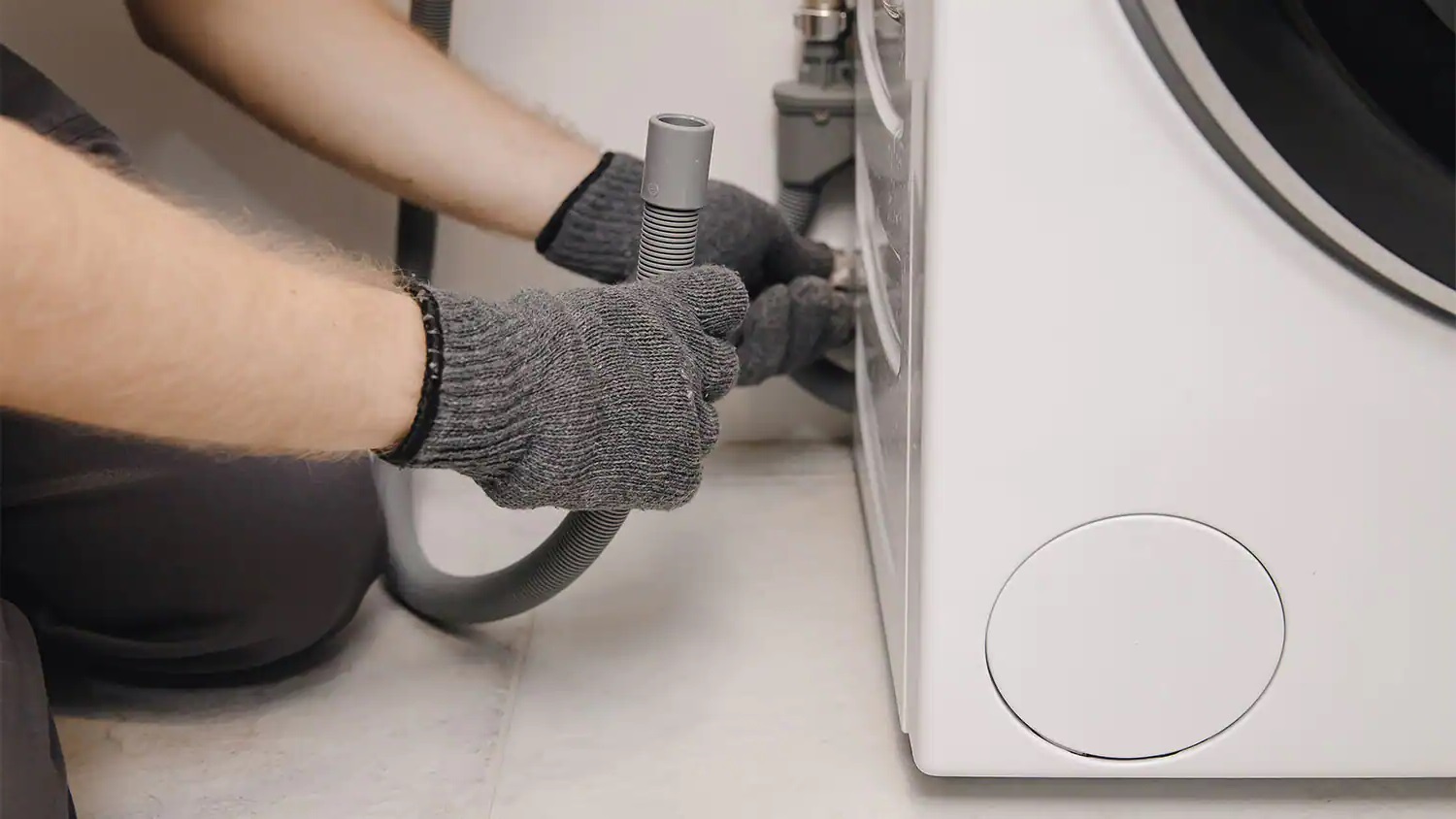
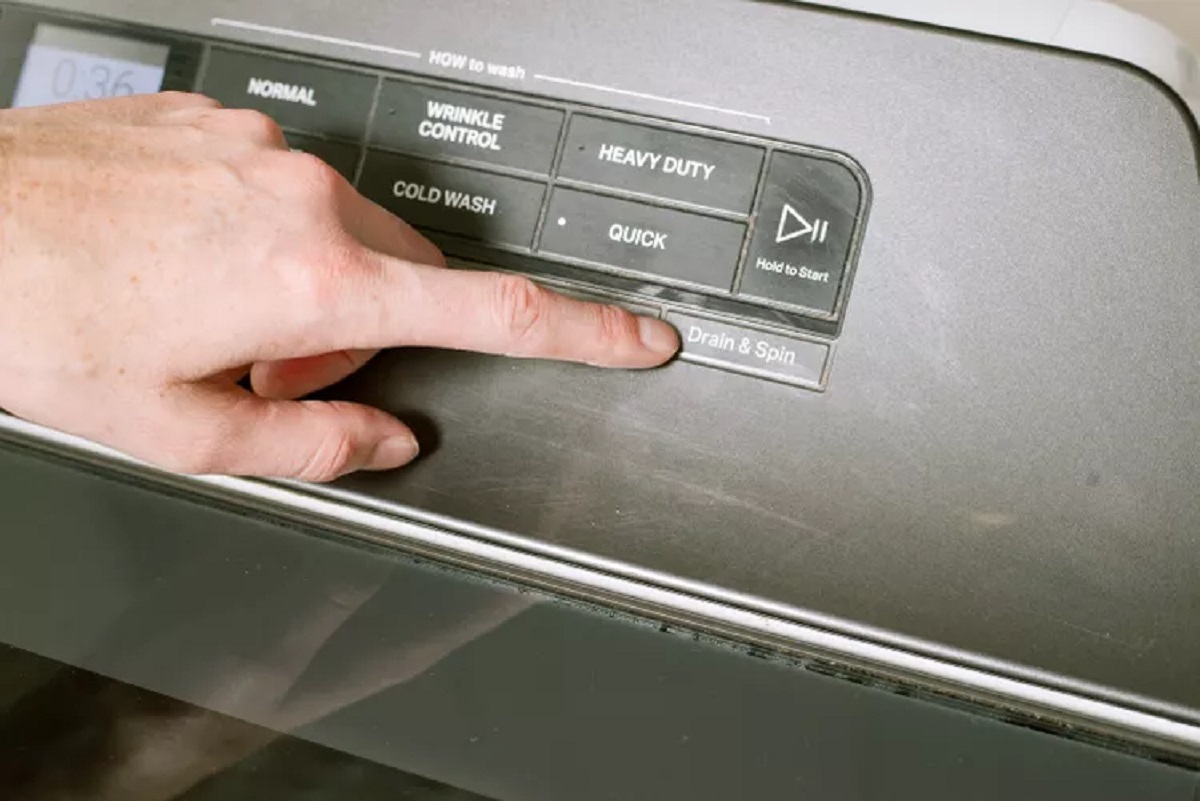



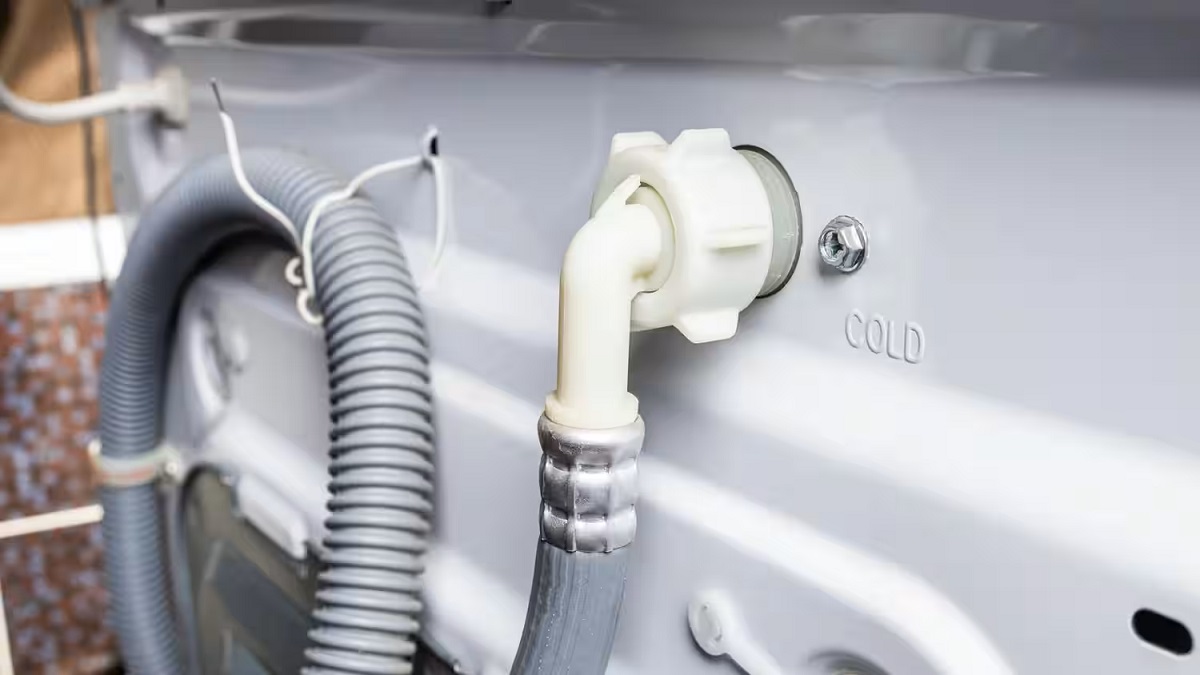
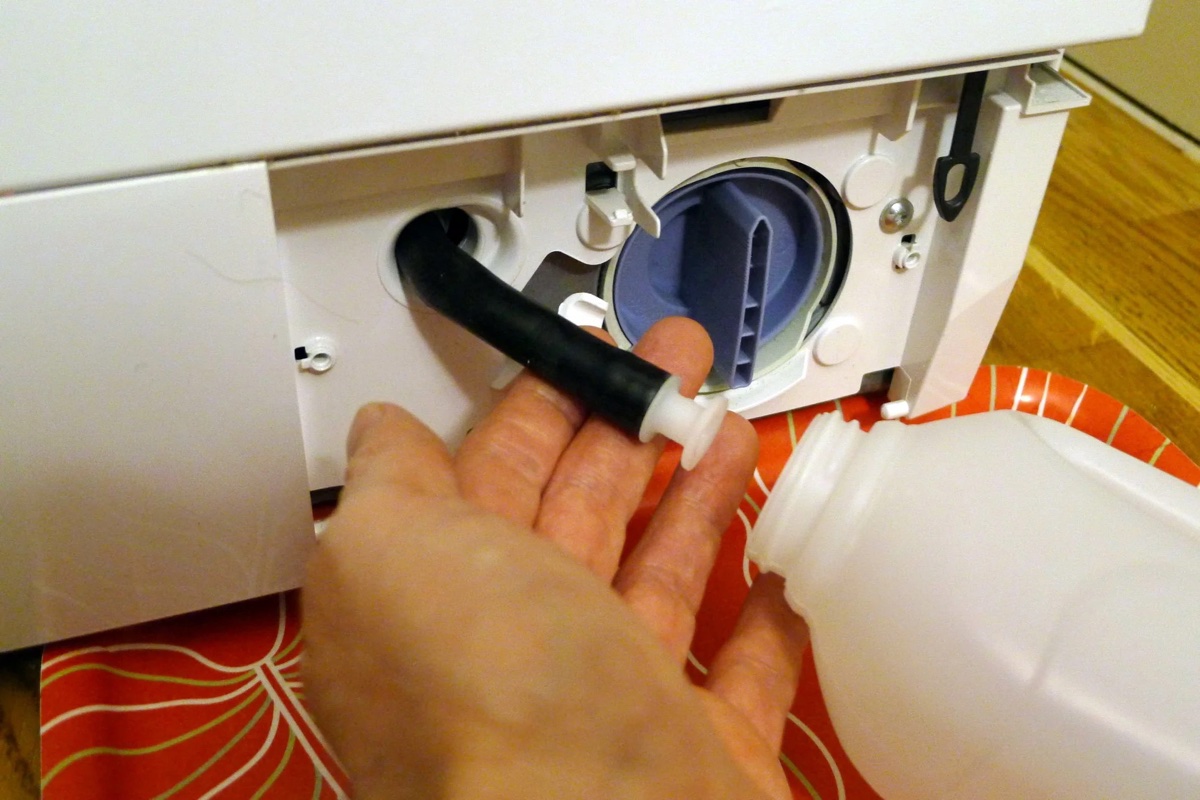
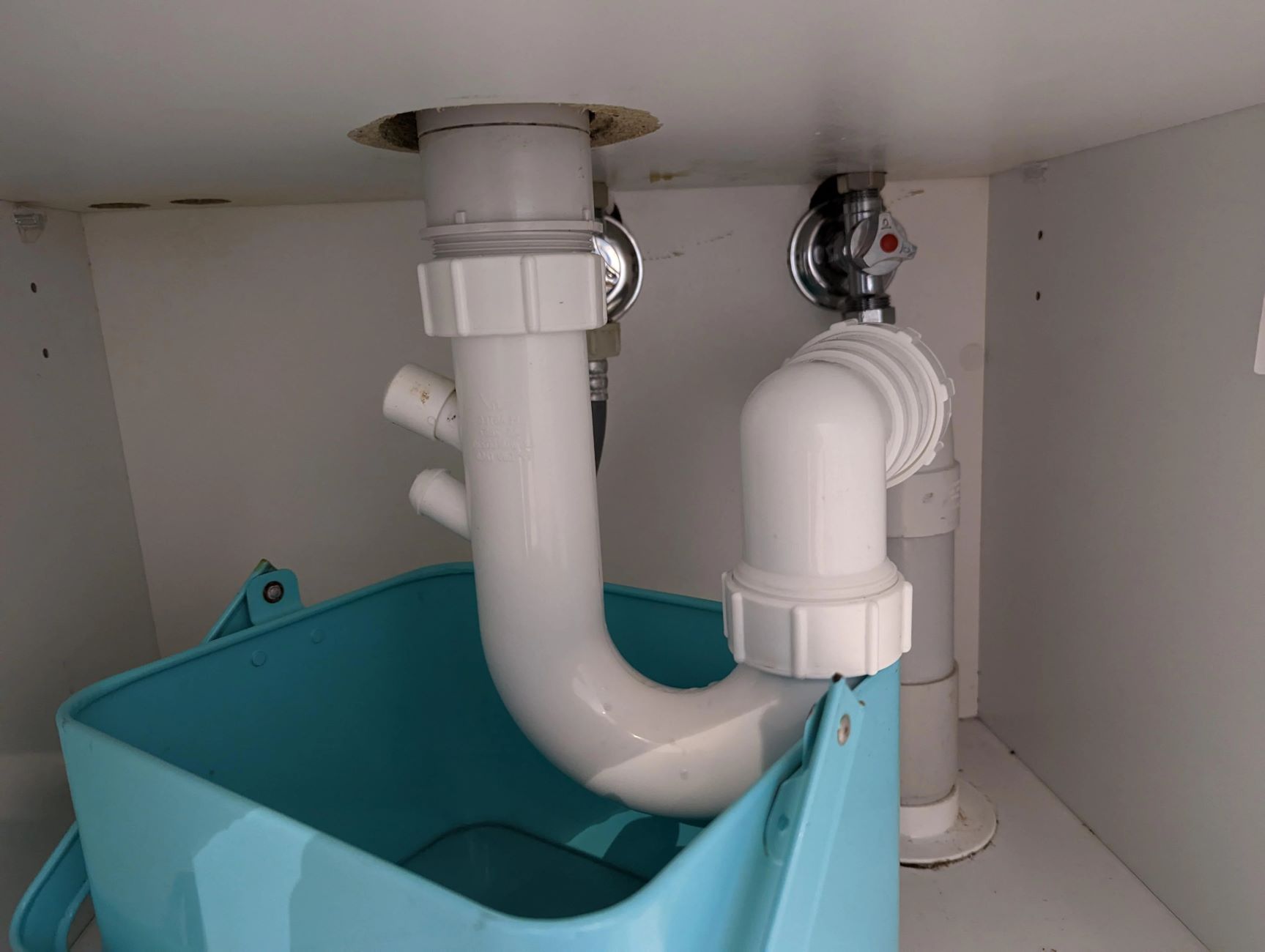

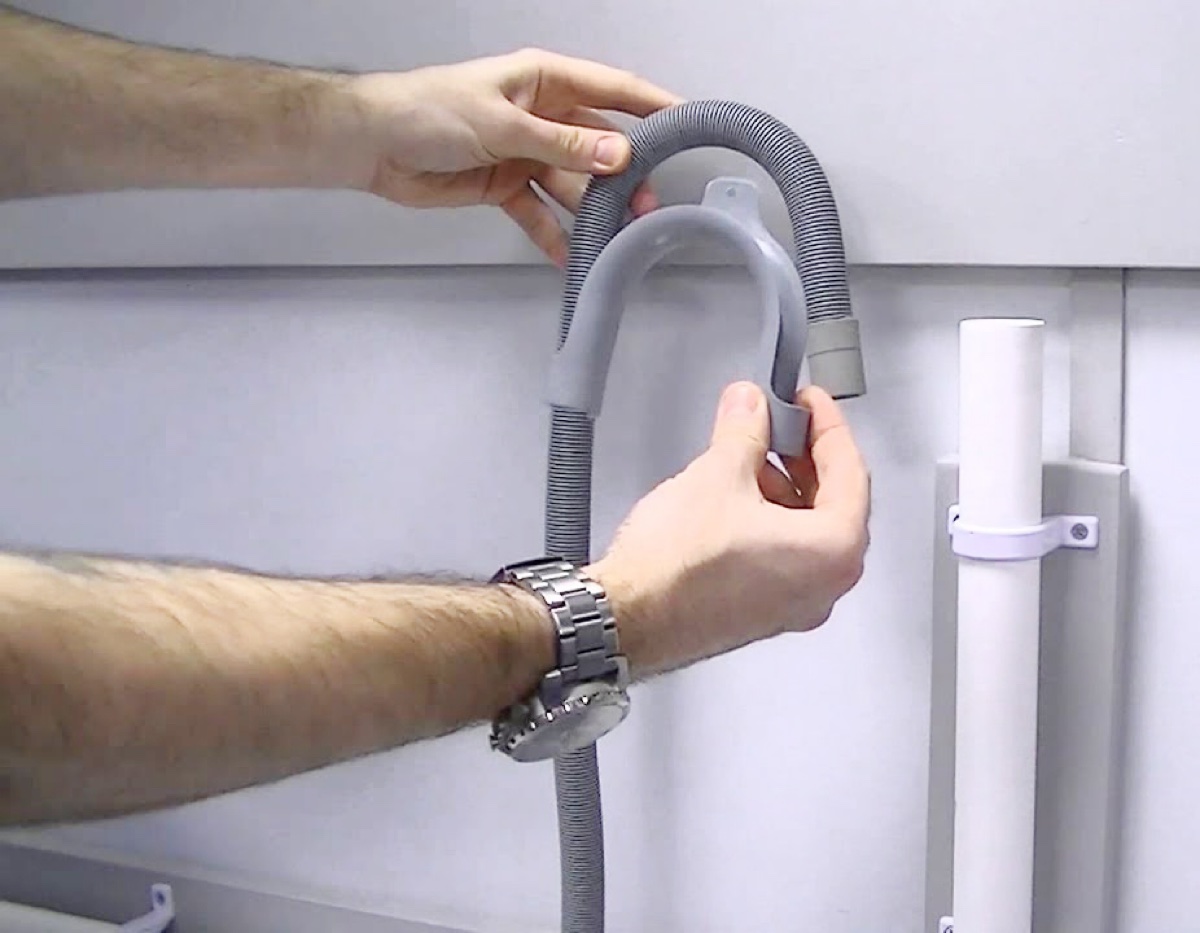
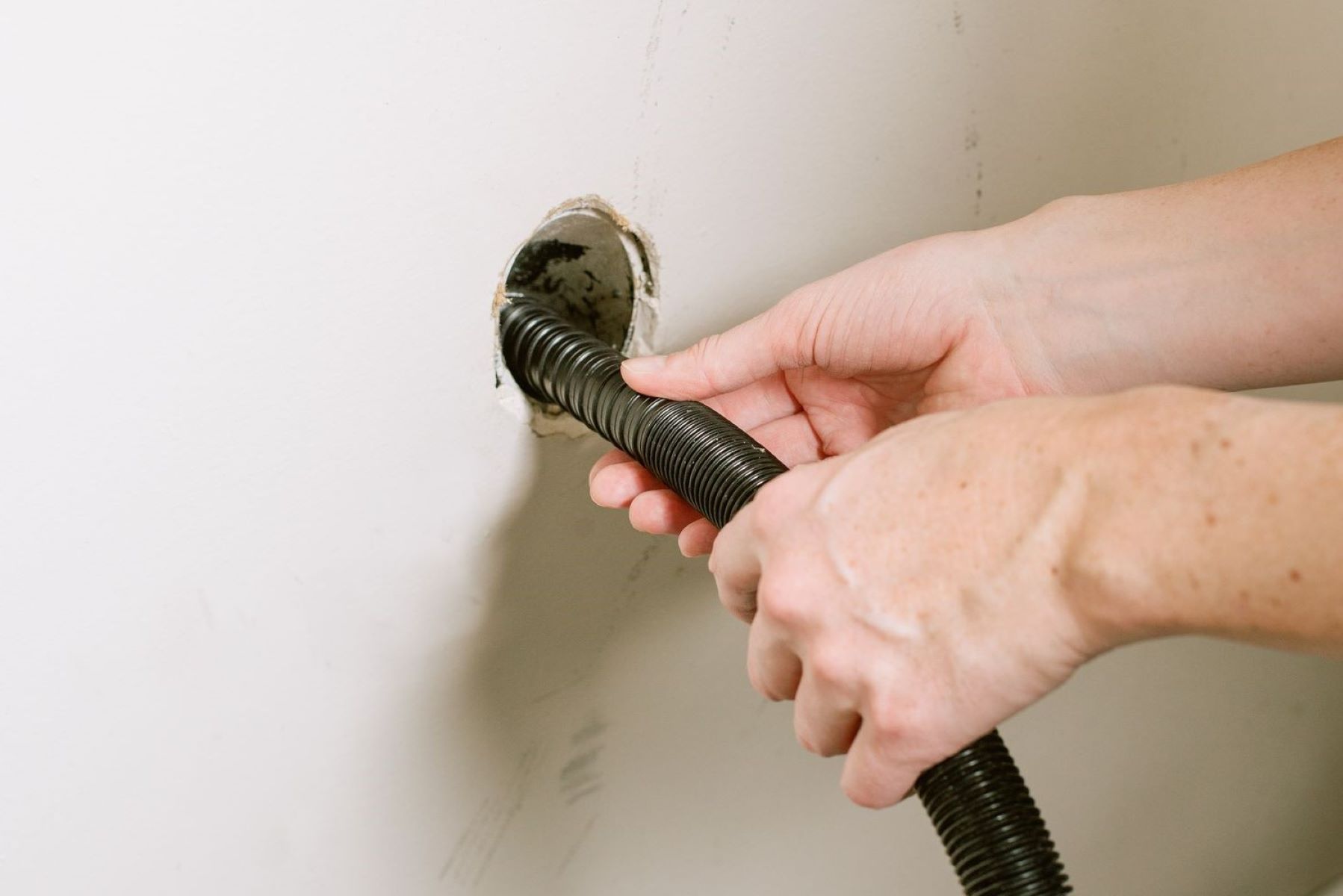
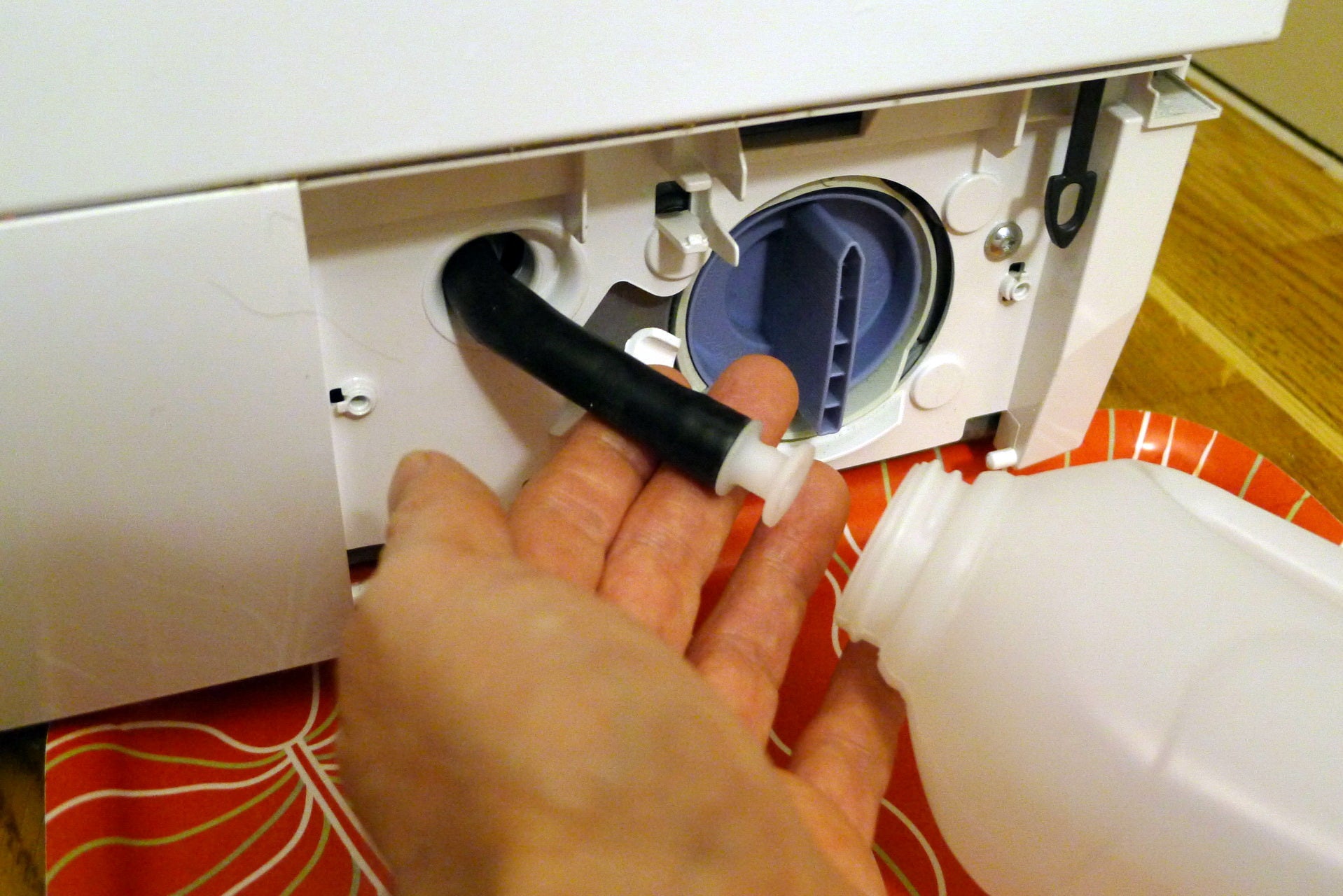
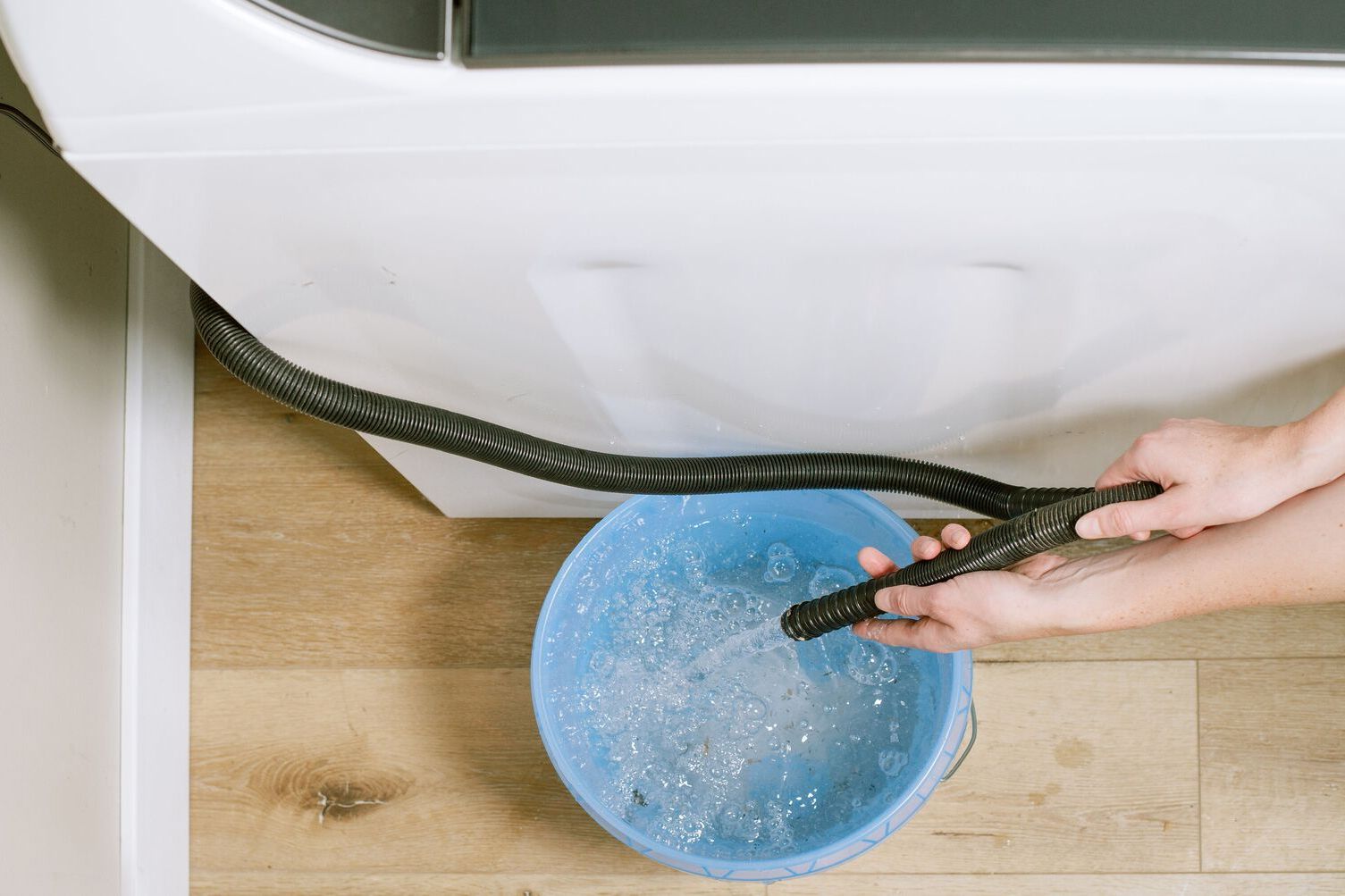
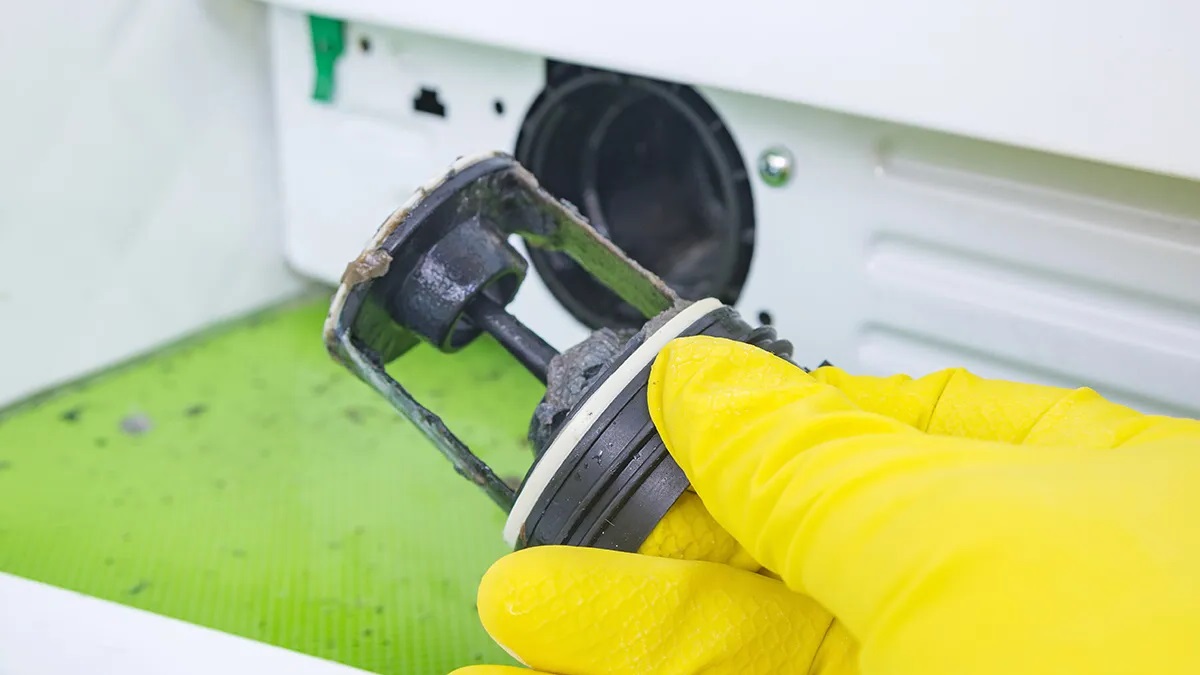

0 thoughts on “What Causes A Washing Machine Not To Drain”